-
Preparation
30 minutes
-
Cooking
20 minutes
-
Difficulty
Easy
Champon noodles are one of the signature dishes of Japan with a very unique and appealing flavor. Today, let’s join TasteVN into the kitchen to prepare this incredibly delicious soup dish to treat the whole family!
Ingredients for Japanese Champon Noodles Serves 2
Champon Noodles 300 gr Pork belly 50 gr Shrimp 50 gr Squid 50 gr Kamaboko fish cake 1/3 piece Carrot 50 gr Onion 1/4 bulb Cabbage 2 leaves Snow peas 8 pieces Bean sprouts 100 gr Dried wood ear mushrooms 6 pieces Chicken broth 500 ml Unsweetened milk 100 ml Dashi broth 250 ml Sake 1 tablespoon Sesame oil 1 tablespoon Soy sauce 1 tablespoon Kosher salt 1/8 teaspoon White pepper 1/8 teaspoon Sugar 1 teaspoon Ground pepper a little
What is Champon Noodles?
- Champon noodles are a signature dish of Japan, inspired by Chinese cuisine, and are often served with fried pork, seafood, and various vegetables.
- Depending on the season and time, the ingredients in Champon noodles can vary. Therefore, the flavor and style of the dish may depend on the location and time of year.
How to choose fresh ingredients
How to choose fresh pork
- You should select fresh pork pieces that have a bright color; the desirable meat color is light pink or light red, and the fat should be a translucent white with a slight ivory hue.
- When smelling the meat, if you detect a distinctive pleasant aroma, you should buy it; this smell should not be unpleasant or have a strong fishy odor. Pressing the meat with your hand should yield a good bounce-back.
- You should avoid buying pieces of meat that are slimy and have an unpleasant odor, as they may be old and spoiled.
How to choose fresh shrimp
- When selecting shrimp, you should choose those with a transparent shell; avoid shrimp with dark spots or inconsistent coloring.
- If you see that the shrimp’s tail curls together, you should buy it as it indicates freshness. If the shrimp’s tail is spread out, it may have been chemically treated or injected with water to make it plump.
- When you pick up the shrimp and notice it is slimy or its body is bent into a circular shape instead of being straight, you should not buy it.
How to choose fresh squid
- Prioritize selecting squid with a shiny color; the brown part should be dark brown, while the body of the squid should be opaque white like milk, as this indicates freshness.
- When you touch the squid’s body, you should feel that the flesh is firm and has a high elasticity. When you press your hand on the squid’s body, it should quickly return to its original state without leaving a dent.
- Additionally, if the head and tentacles of the squid stick tightly together and are firm, you should choose it. Conversely, do not buy squid that is soft, has water leaking, and is easily separable, as this indicates it is not fresh.
How to choose fresh carrots
- When choosing carrots, you should prioritize those that are long and slender, with smooth and bright skin.
- Next, you should select those with fresh green tops and a bit of soil still clinging to the body. Press lightly with your hand to feel the firmness of the root.
- You should avoid choosing those with rough skin, wilted or soft, mushy roots, as these are signs that the carrots have been stored for a long time, so their taste will be bland and not delicious.
How to choose fresh and delicious cabbage
- It is advisable to buy cabbages that have a bright shiny color and a round, even shape. You should not buy those that are flat or oval-shaped as these are spongy cabbages and not firm.
- Choose cabbages that feel a bit heavy and solid when you pick them up.
- Avoid purchasing cabbages that have black-brown spots on the body or are bruised, as these are cabbages that have been stored for a long time and are no longer crisp and fresh.
How to choose fresh and delicious onions
- When choosing onions, you should prioritize those of moderate size and round shape because round onions are usually sweeter and crisper than long onions.
- Next, select those with long roots, smooth skin tightly hugging the onion inside, as these are fresh onions with a sweet taste and not hollow or spongy.
- If the onion has short roots or is root-cut, and the skin is loose rather than hugging the bulb, you should not buy it because this could be an onion that has been stored for too long, and it will not taste good when cooked.
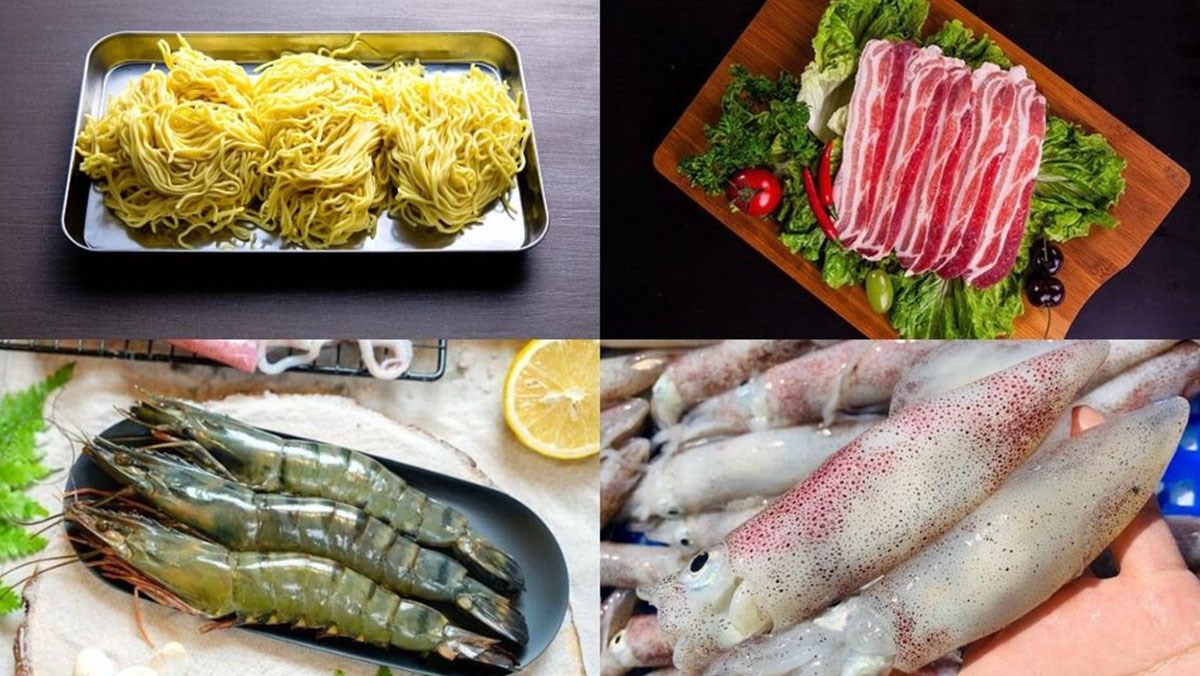
How to Prepare Japanese Champon Noodles
-
Prepare the Ingredients
Wash the pork thoroughly and then cut it into bite-sized pieces. Clean the shrimp and peel them, and after washing the squid, cut it into small pieces as well.
Put 6 pieces of dried wood ear mushrooms into a bowl to soak in cold water, wait for the mushrooms to expand, and then cut them into small pieces.
Wash the vegetables with clean water and cut the carrot into strips about 0.5cm thick, dice the onion and cabbage, and cut the snow peas in half. For the fish cake, slice it thinly.


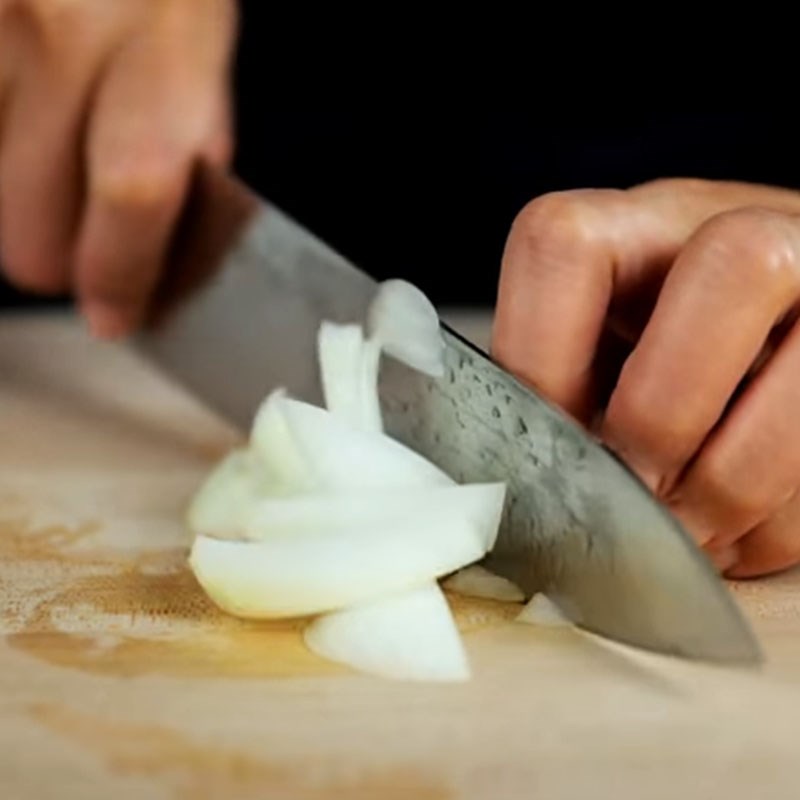
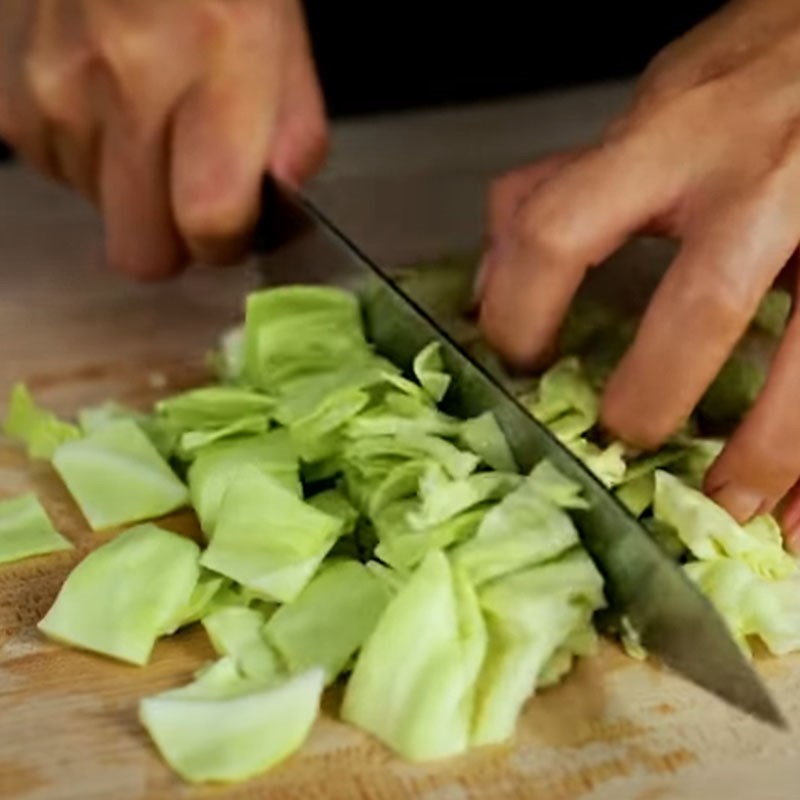
-
Marinate the ingredients
Add 1 tablespoon of sake, 1 tablespoon of soy sauce into the pork belly and mix well to let the meat absorb the seasoning.
Put the squid and shrimp into a bowl, each bowl with 1 tablespoon of sake, then use chopsticks to mix the seafood to let it absorb the seasoning.
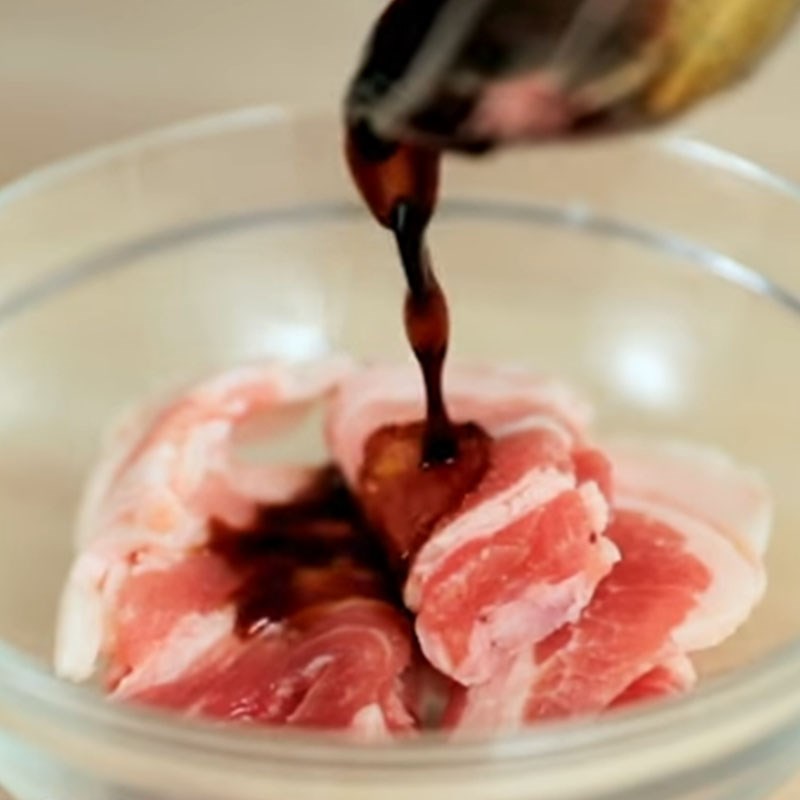
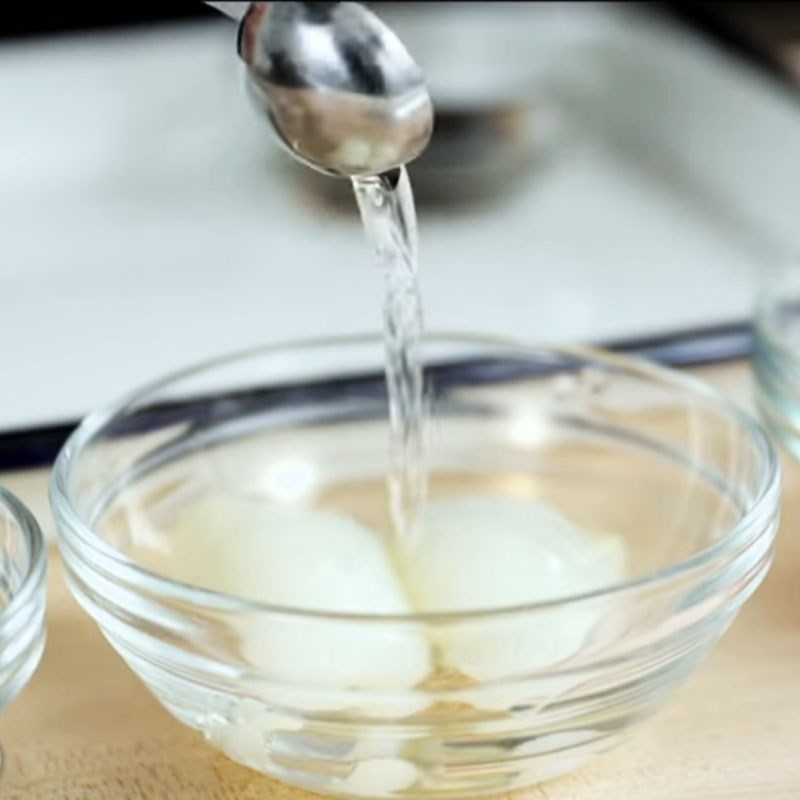
-
Cook the broth
Place a pot on the stove, set to medium heat and add 500ml of chicken broth, 250ml of Dashi, 1 tablespoon of sake, 1 tablespoon of sugar, and 1 tablespoon of soy sauce into the pot.
After the broth boils, add 100ml of fresh milk in with 1/8 teaspoon of white pepper and use a ladle to stir well for the broth to blend.
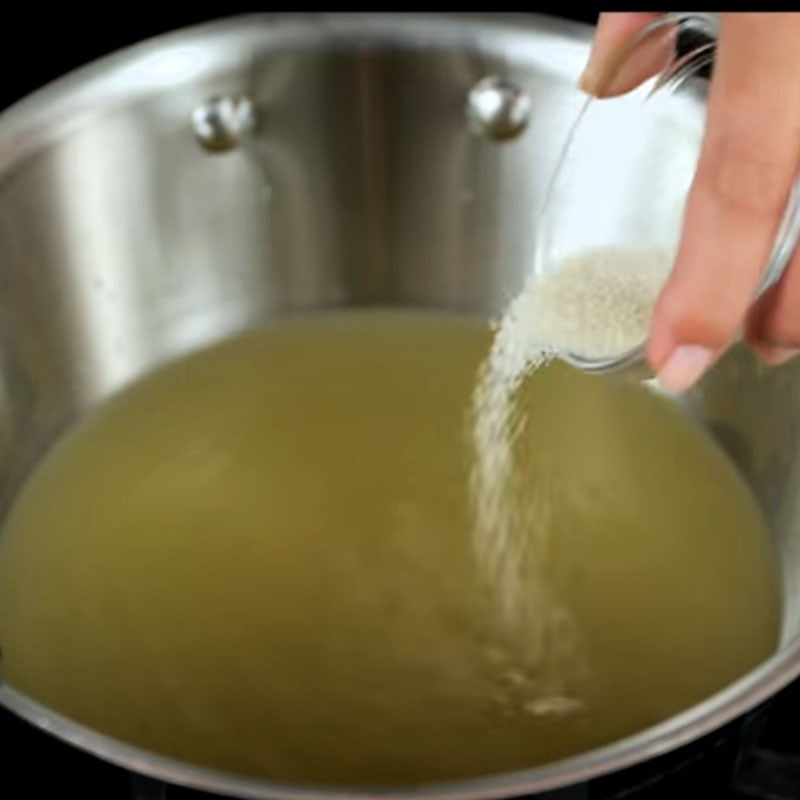
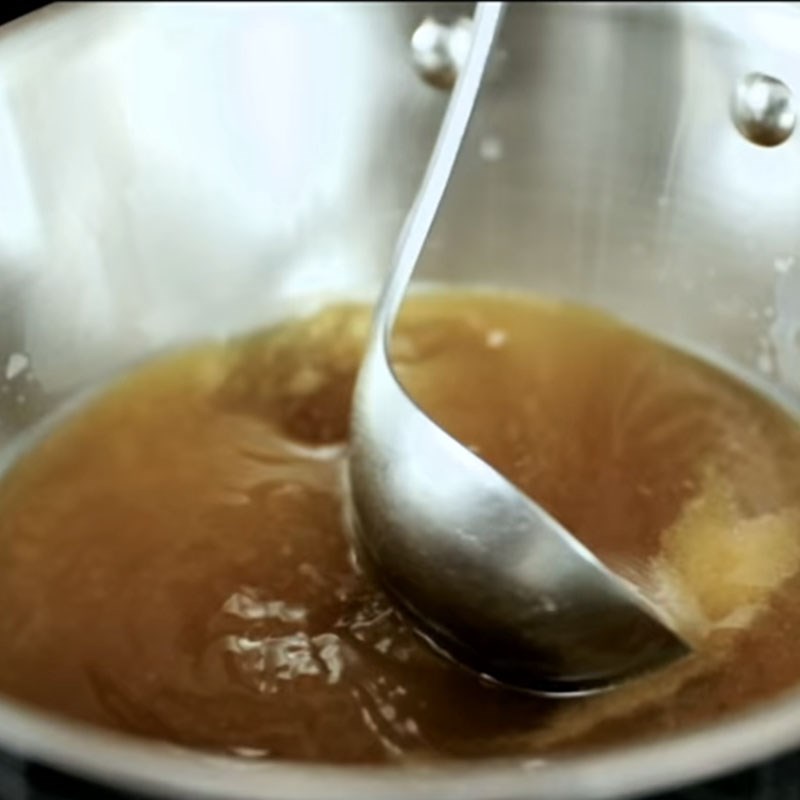
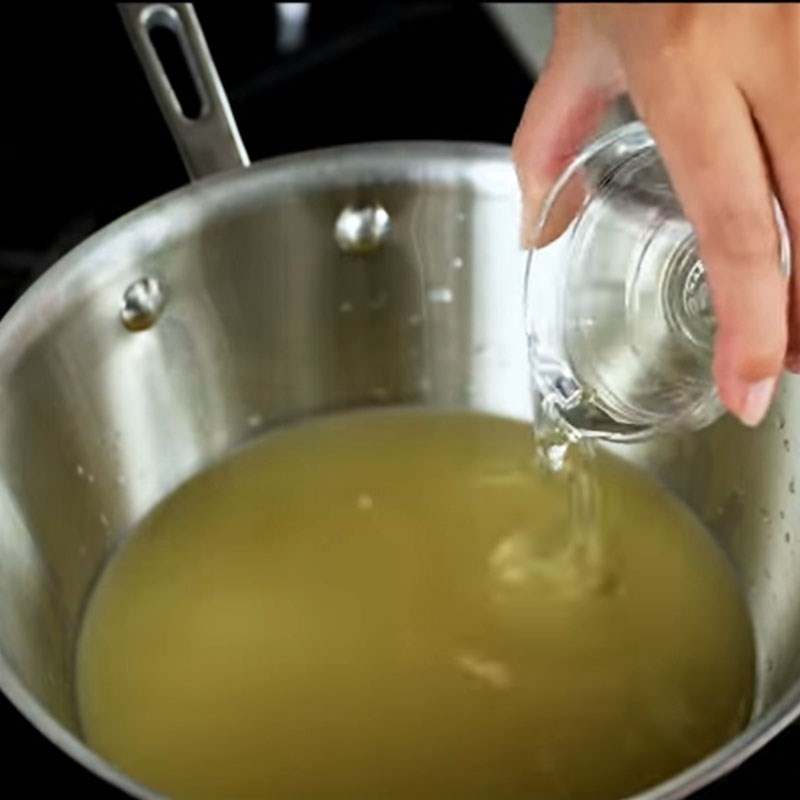
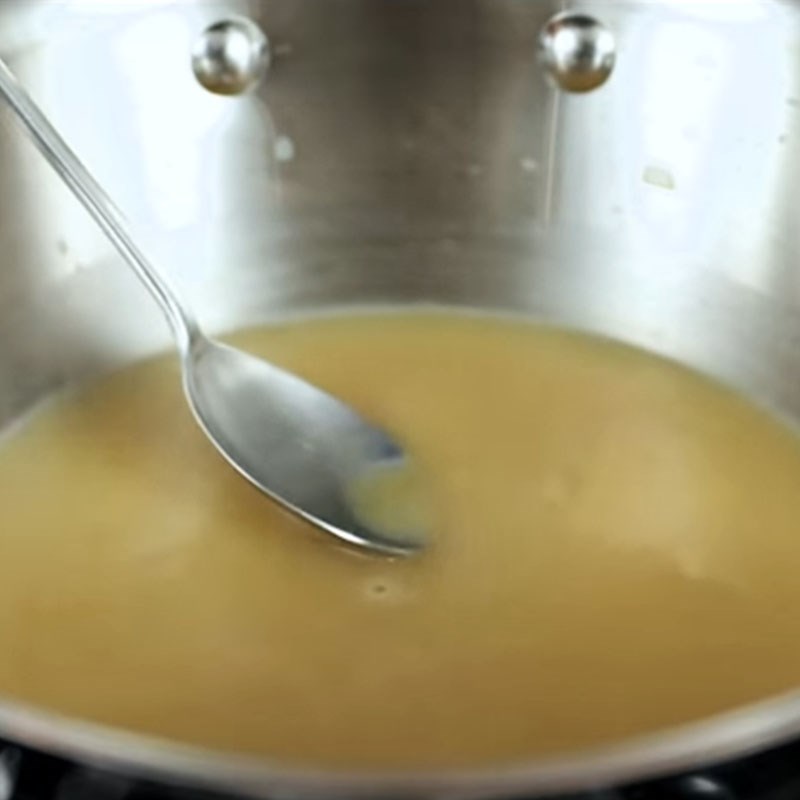
-
Stir-frying ingredients
Place a frying pan on the stove, add 1 tablespoon of sesame oil to the pan. When the oil is slightly hot, add the marinated pork belly, squid, and shrimp to stir-fry.
After the meat and seafood are slightly cooked, add onions, carrots, and mushrooms and stir-fry for another minute, then add cabbage, fish cake, bean sprouts, and snow peas to stir-fry together.
Once the ingredients are cooked, add a bit of ground pepper and 1/8 teaspoon of Kosher salt to the pan.
Next, pour the broth into the pan and adjust the seasoning to suit your family’s taste.
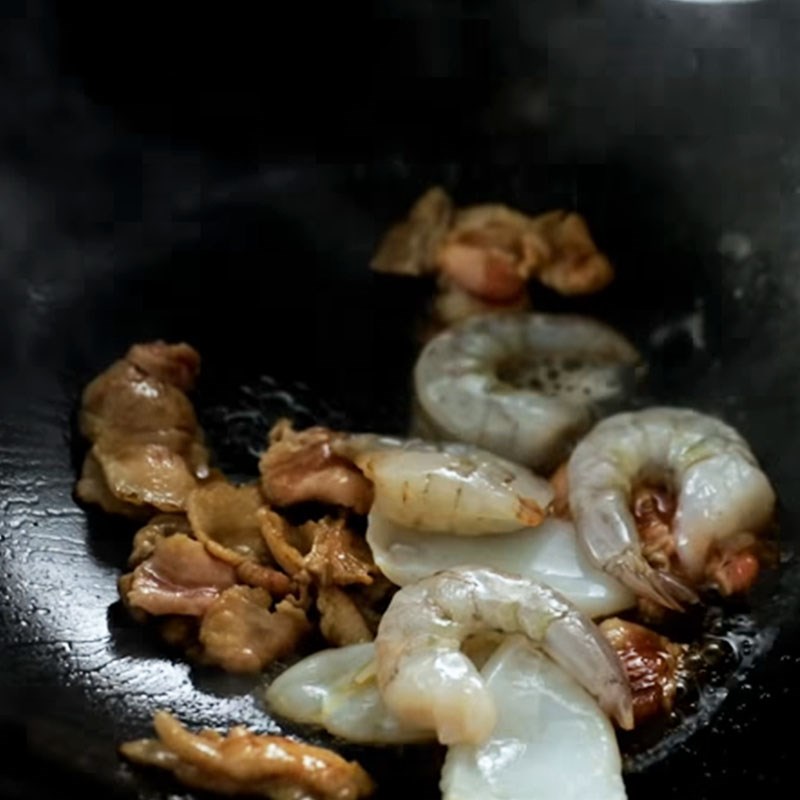

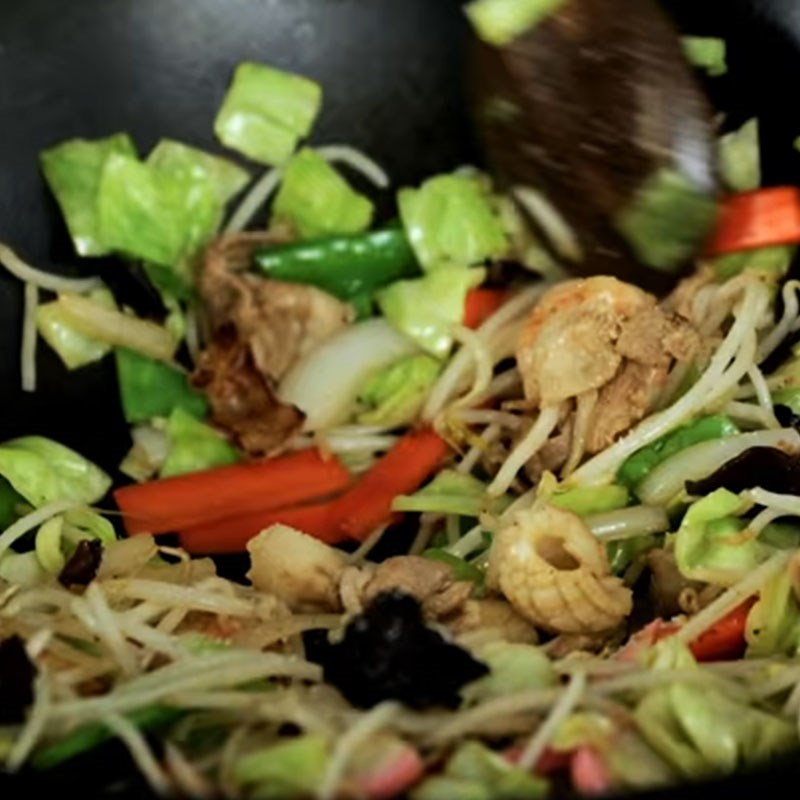
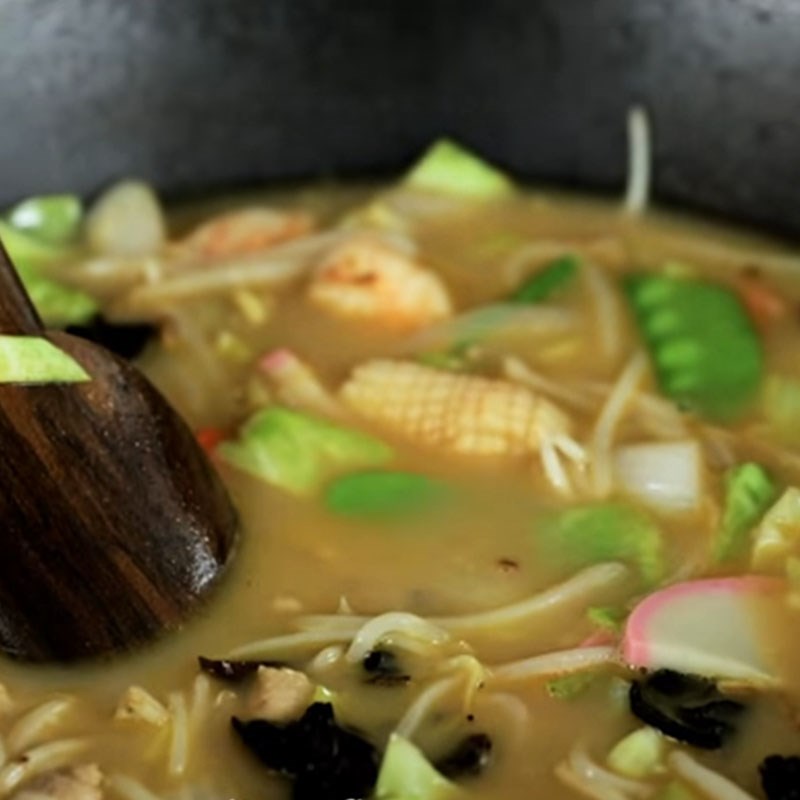
-
Cooking Noodles
Place a pot on the stove, add 1 liter of filtered water and turn the heat to high. When the water boils, add the noodles and blanch for 3 – 4 minutes, then use a strainer to lift the noodles out into a bowl to drain, then pour the broth and accompanying dishes over the noodles and enjoy.
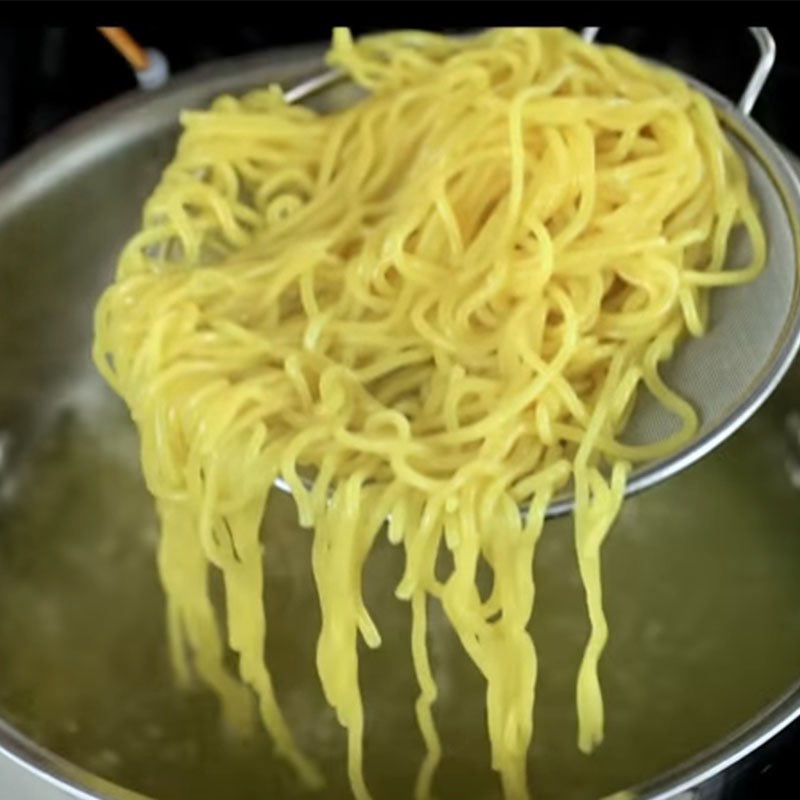
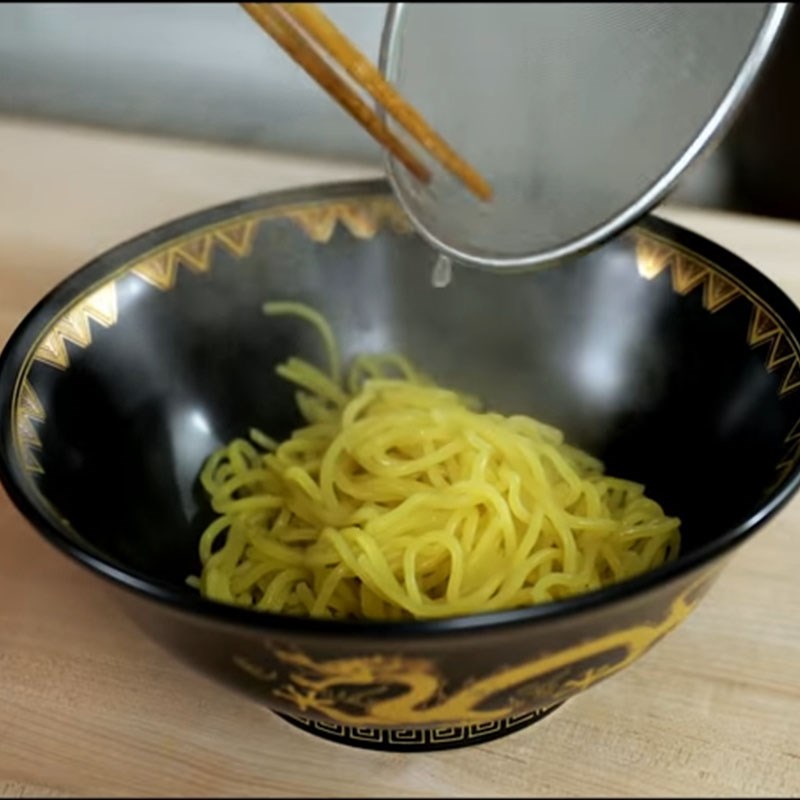
-
Final Product
The Japanese Champon noodles are extremely eye-catching and have an irresistible fragrant aroma. The chewy and delicious noodles combined with a variety of side dishes along with the rich broth will surely leave a strong impression on you.
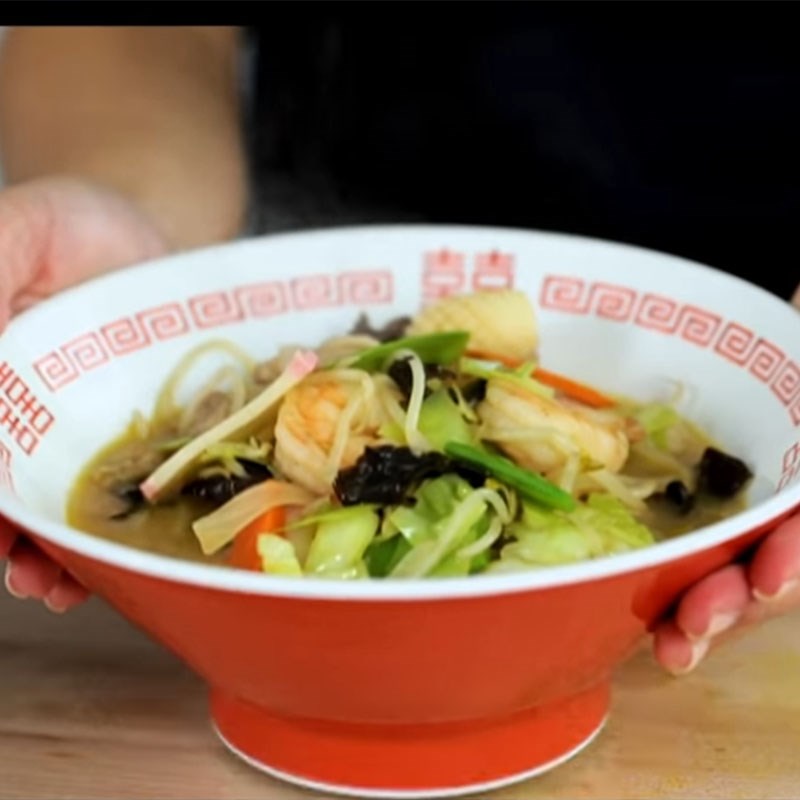
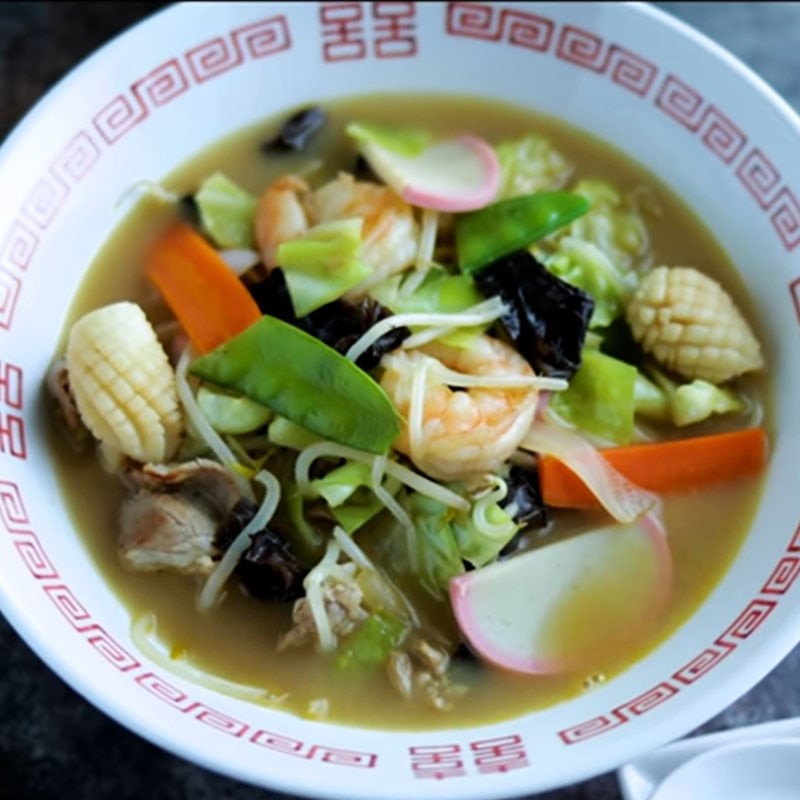
See more:
So, TasteVN has just guided you on how to cook Japanese champon noodles that are incredibly rich and appealing. Quickly jot down the recipe so you can show off your skills and treat the whole family! Wishing you success.



